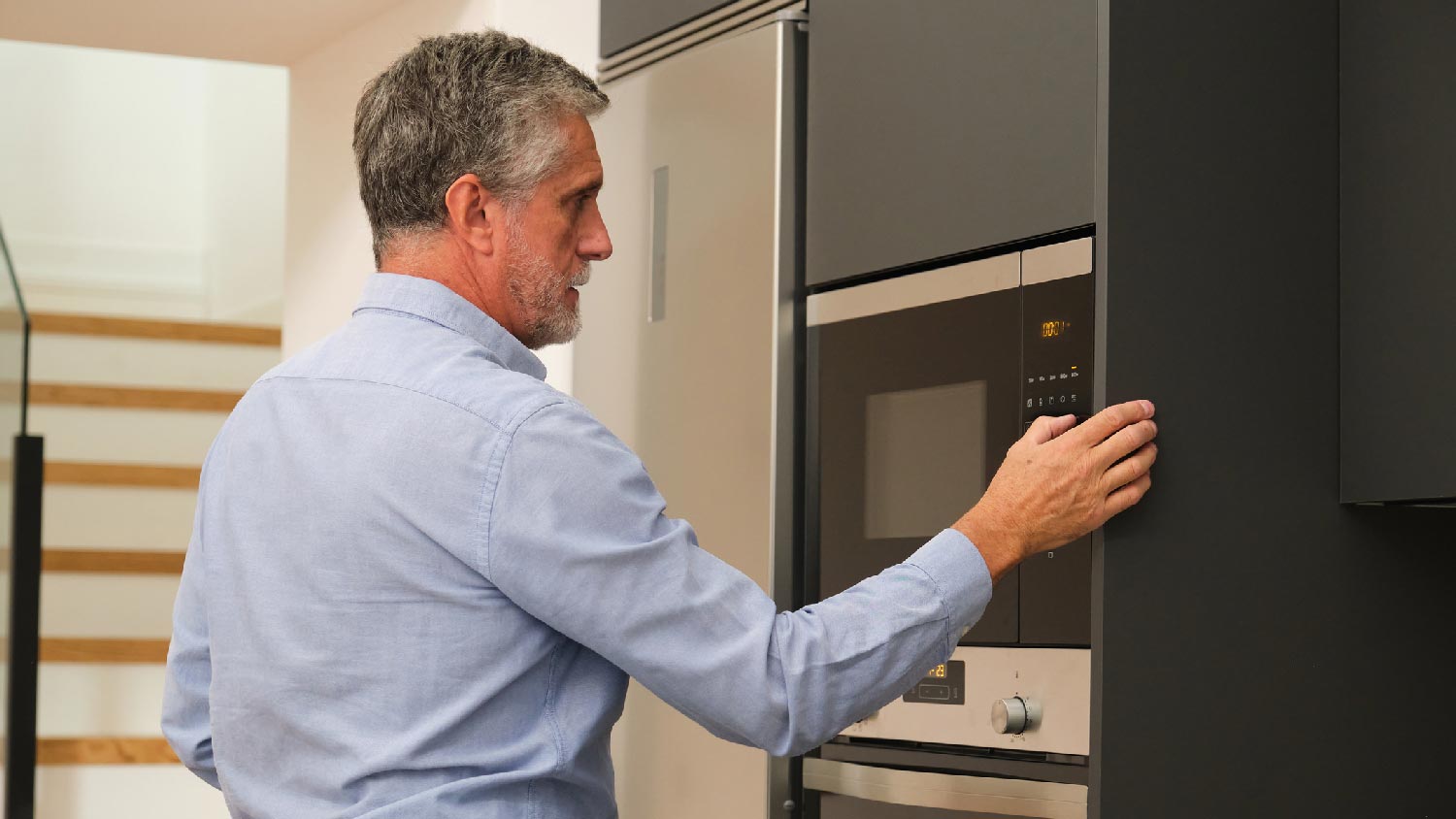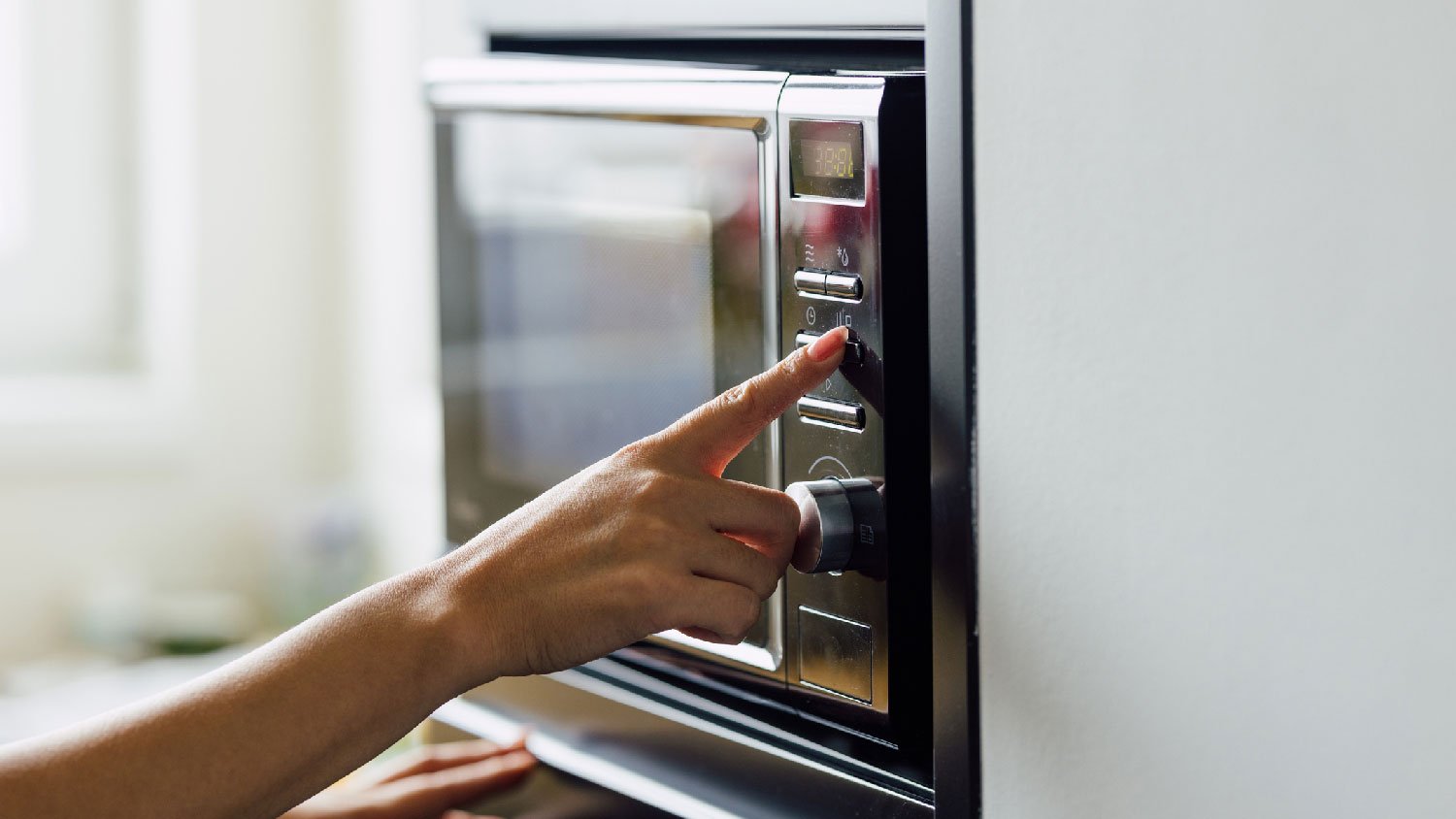
Discover central vacuum cost details to learn about price factors such as installation, size, labor, and ways to save on your central vacuum system.



*The Angi rating for Kenmore Vacuum Repair companies in is a rating based on verified reviews from our community of homeowners who have used these pros to meet their Kenmore Vacuum Repair needs.
*The HomeAdvisor rating for Kenmore Vacuum Repair companies in is a rating based on verified reviews from our community of homeowners who have used these pros to meet their Kenmore Vacuum Repair needs.
Last update on
Common repairs for central vacuum cleaners include motor repair, electrical repair, and blocked filters. Central vacuum motor issues typically come with a burning smell and loss of suction. With these issues, you might need simple lubrication to keep it running smoothly, or for more extreme problems, you could need a motor replacement.
Electrical problems or losing suction strength, might be reasons to swap out electrical components for new ones. However, a local central vacuum repair professional can tell you the best plan of action for your system.
The average cost for central vacuum cleaner repair is $310, though prices can range from $120 to $500. Your total cost will depend on the type of repair needed and the type of central vacuum you own.
A minor motor repair, like lubrication, only costs around $50. However, if you need to replace your motor, you’ll be looking at a much higher price tag with a total of $100 to $500. Other fixes, like electrical work, are charged by the hour, which ranges from $15 to $55 per hour.
The answer to repairing vs. replacing appliances depends on the type of appliance, the severity of the issue or damage, and the quality of it. If you’ve purchased a top-of-the-line small appliance, it’s almost always more cost-effective to repair it than to replace it. You should also consider the cost to repair it, though. If the repair cost is more than half the cost of a new version, lean toward purchasing a new one. Your small appliance technician could also help you decide by determining the expected remaining lifespan after the repair.
Small appliance repair costs average around $50 to $400, with costs ranging significantly based on the type of appliance, the extent of the damage, the issue, the appliance brand, and the availability of replacement parts. Generally speaking, you’ll pay less for repairs on very small appliances, like blenders and toasters, than you will for microwave repairs. We recommend consulting a small appliance repair technician for a quote before starting the project.
Small appliances typically include microwaves, toasters, toaster ovens, food processors, blenders, mixers, slow cookers, air fryers, coffee makers, rice cookers, and any other appliance that can sit on your countertop. Major appliances include refrigerators, dishwashers, ovens, cooktops, washers, and dryers. Some people may include HVAC equipment like condensers and air handlers in this category, too. Small appliances are more of a specialty, so there’s a good chance a typical appliance repair company won’t be able to service and repair small appliances.
From average costs to expert advice, get all the answers you need to get your job done.

Discover central vacuum cost details to learn about price factors such as installation, size, labor, and ways to save on your central vacuum system.

Get transparent microwave repair cost info for 2025. Learn what impacts price, compare repair vs. replacement, and find ways to save on your microwave repair.

Get transparent information on central vacuum repair costs. Learn what impacts price, compare repair types, and see how to save on your central vacuum repair.

Why is your microwave smoking? Learn the most common reasons for smoke coming out of your microwave and how to address the issue safely.

If your microwave keeps tripping the breaker, you need to understand why. Learn about common problems and how to keep your family and home safe.

Wondering why your microwave is buzzing? The sound could be more than just a nuisance. Learn about the possible causes and how to find a solution.